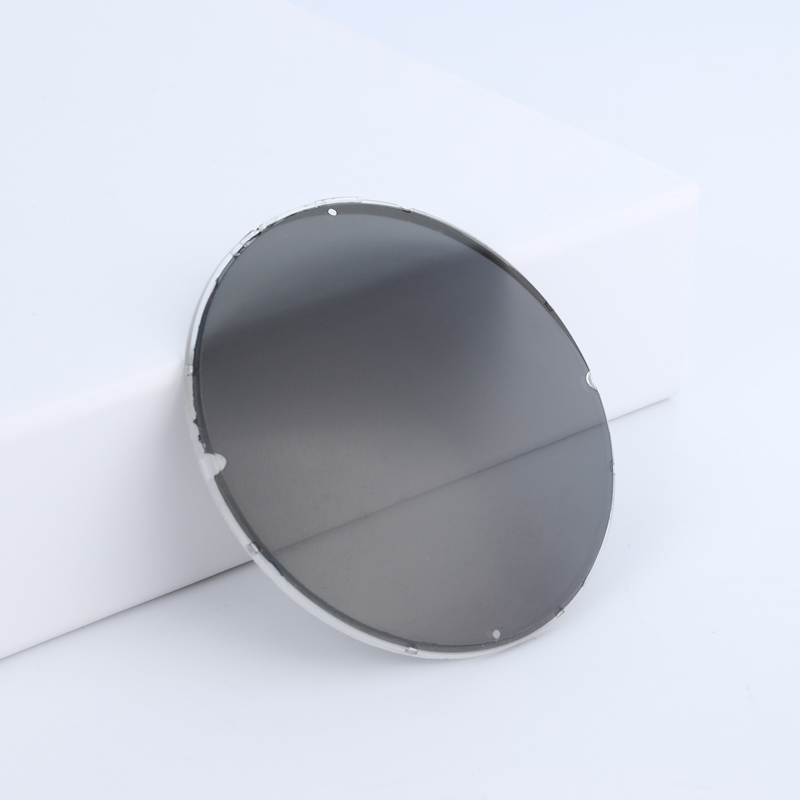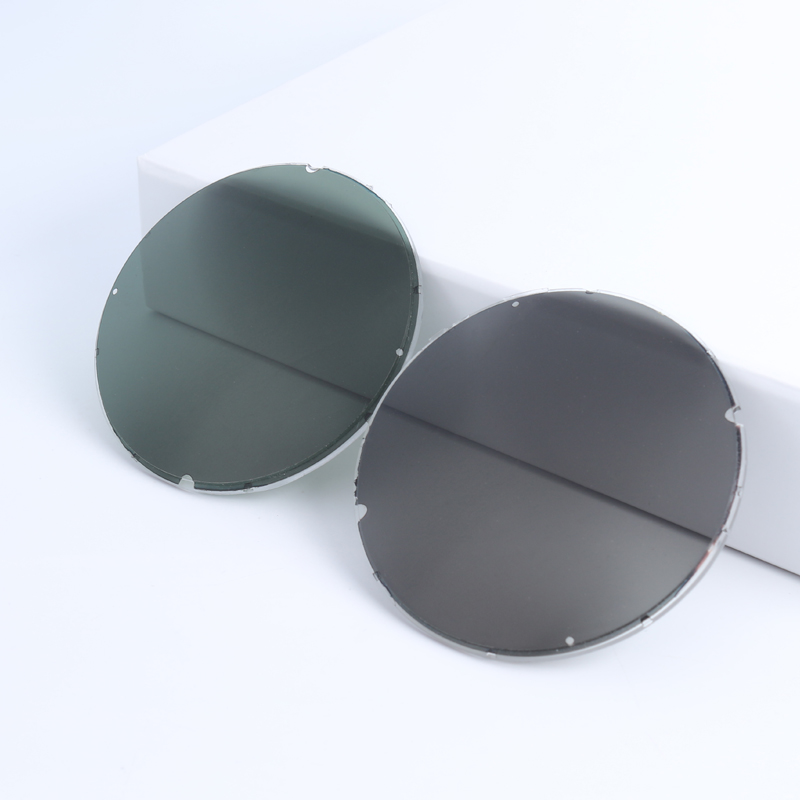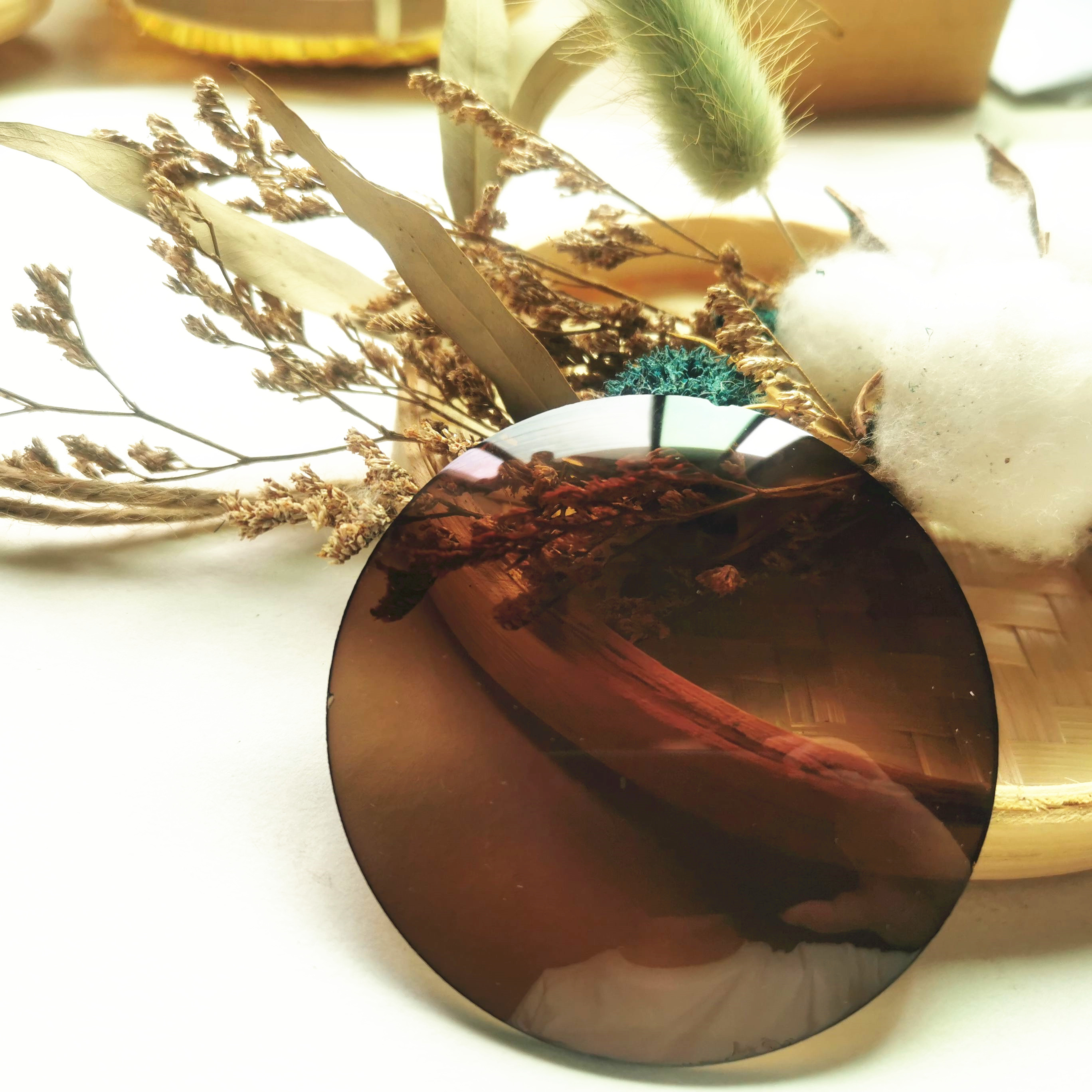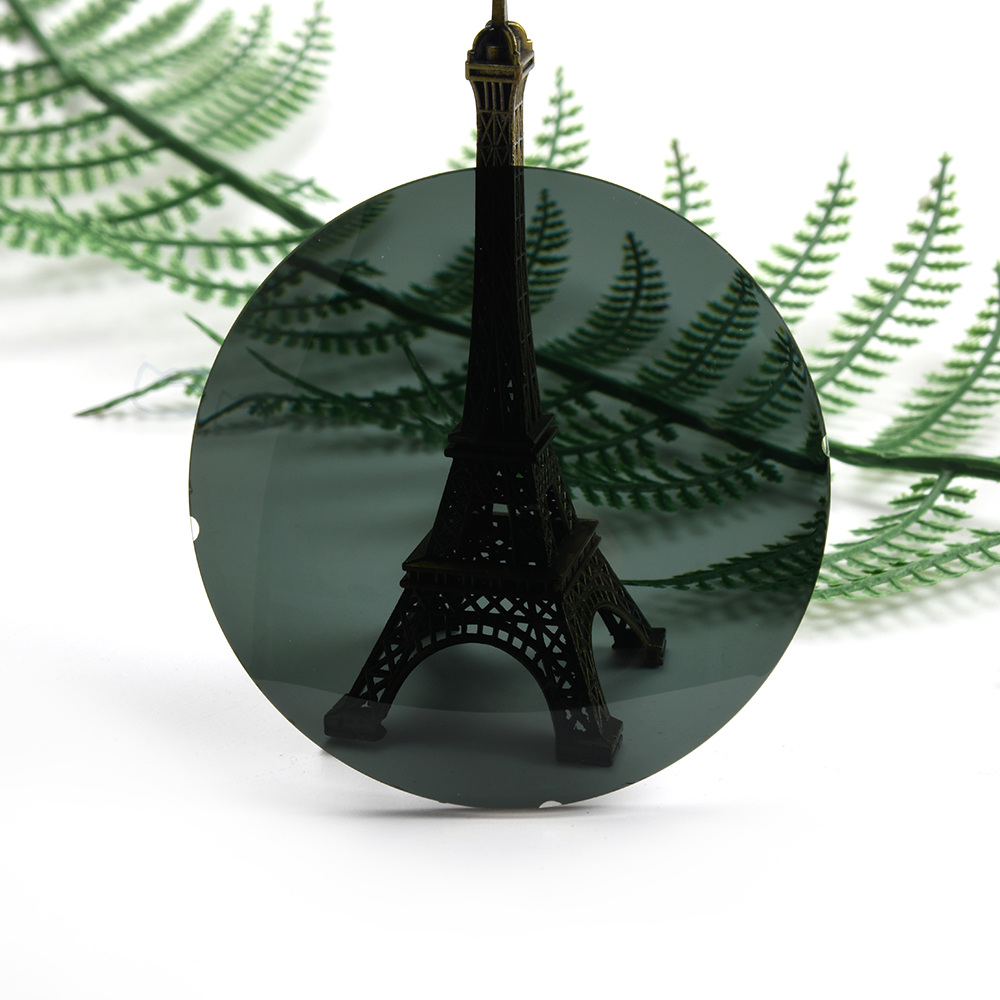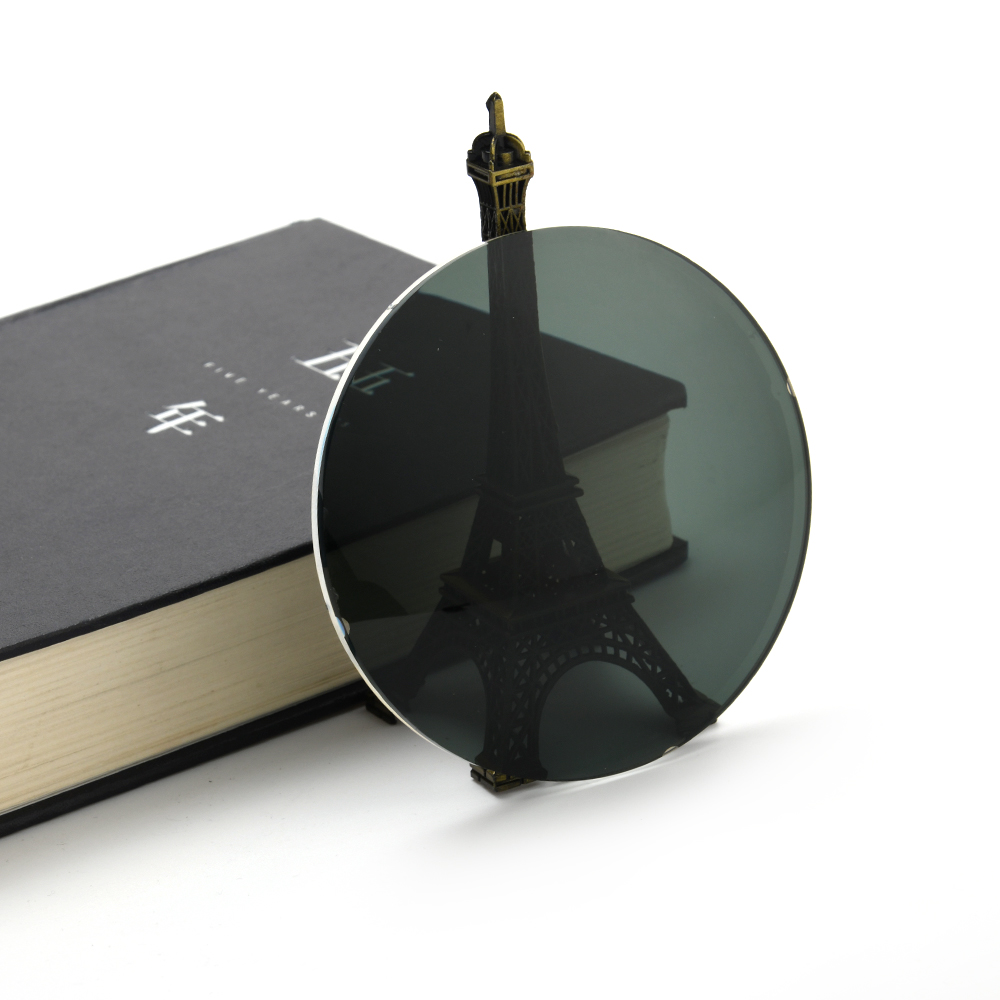SETO 1.67 Polarized Lenses
Specification
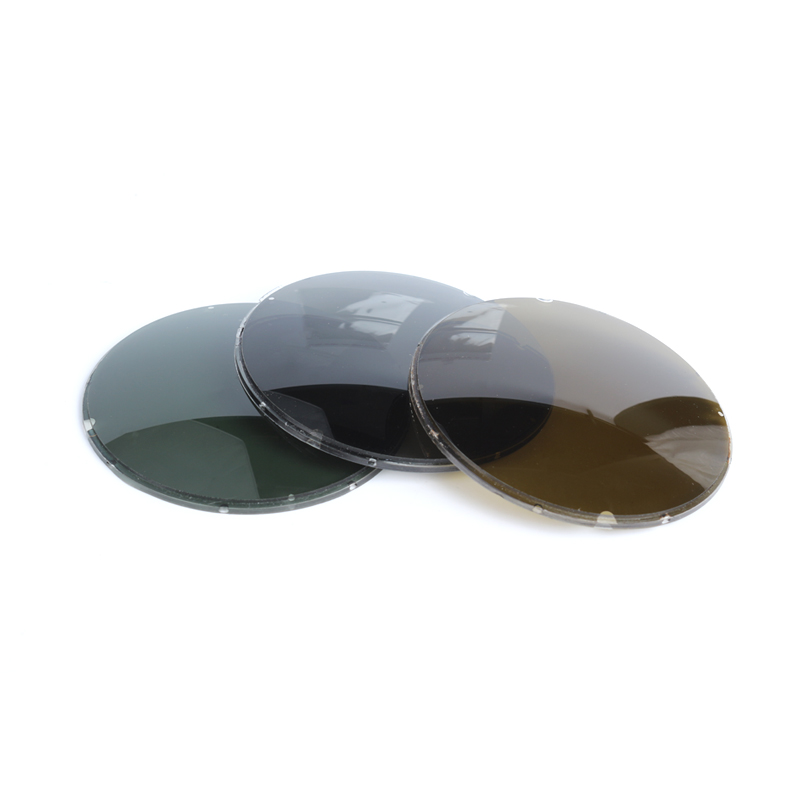
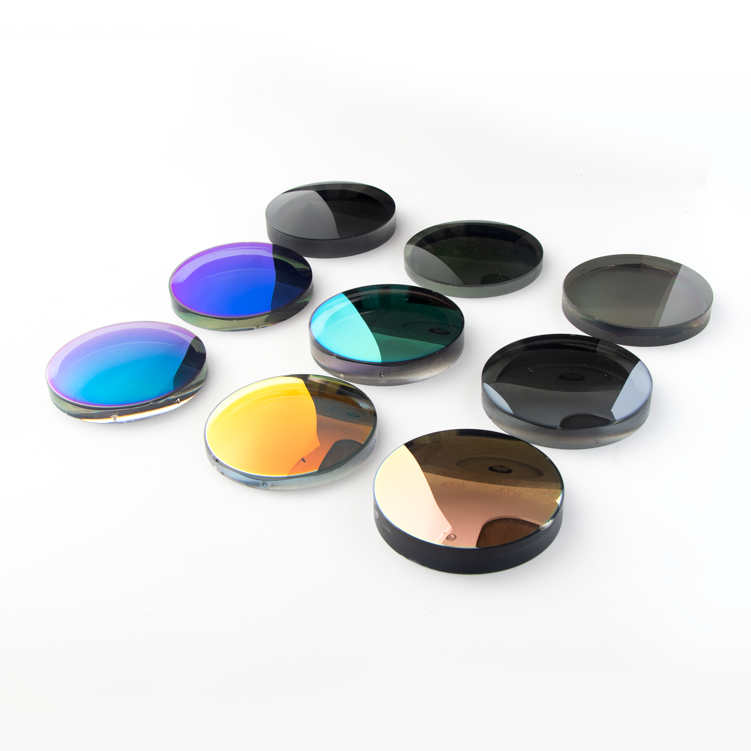
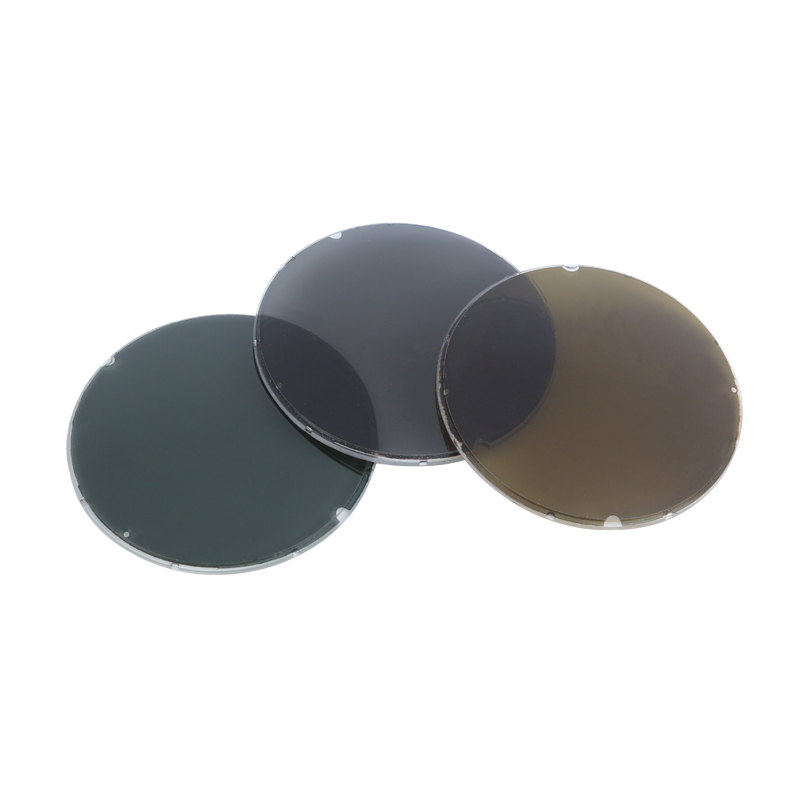
| 1.67 Index Polarized Lenses | |
| Model: | 1.67 optical lens |
| Place of Origin: | Jiangsu, China |
| Brand: | SETO |
| Lenses Material: | Resin lens |
| Lenses Color | Grey,Brown |
| Refractive Index: | 1.67 |
| Function: | Polarized lens |
| Diameter: | 80mm |
| Abbe Value: | 32 |
| Specific Gravity: | 1.35 |
| Coating Choice: | HC/HMC/SHMC |
| Coating color | Green |
| Power Range: | Sph: 0.00 ~-8.00 CYL: 0~ -2.00 |
Product Features
1)What is Glare?
When light rebounds off of a surface, its light waves travel in all directions. Some light travels in horizontal waves while others travel in vertical waves.
When light hits a surface, typically light waves are absorbed and/or reflected in a random manner. However, if light hits a reflective surface (such as water, snow, even cars or buildings) at just the right angle, some of the light becomes "polarized" or 'polarization'.
This means that vertical light waves are absorbed while horizontal light waves bounce off the surface. This light can become polarized, resulting in glare that can interfere with our vision by striking the eyes intensely. Only polarized lenses can remove this glare.
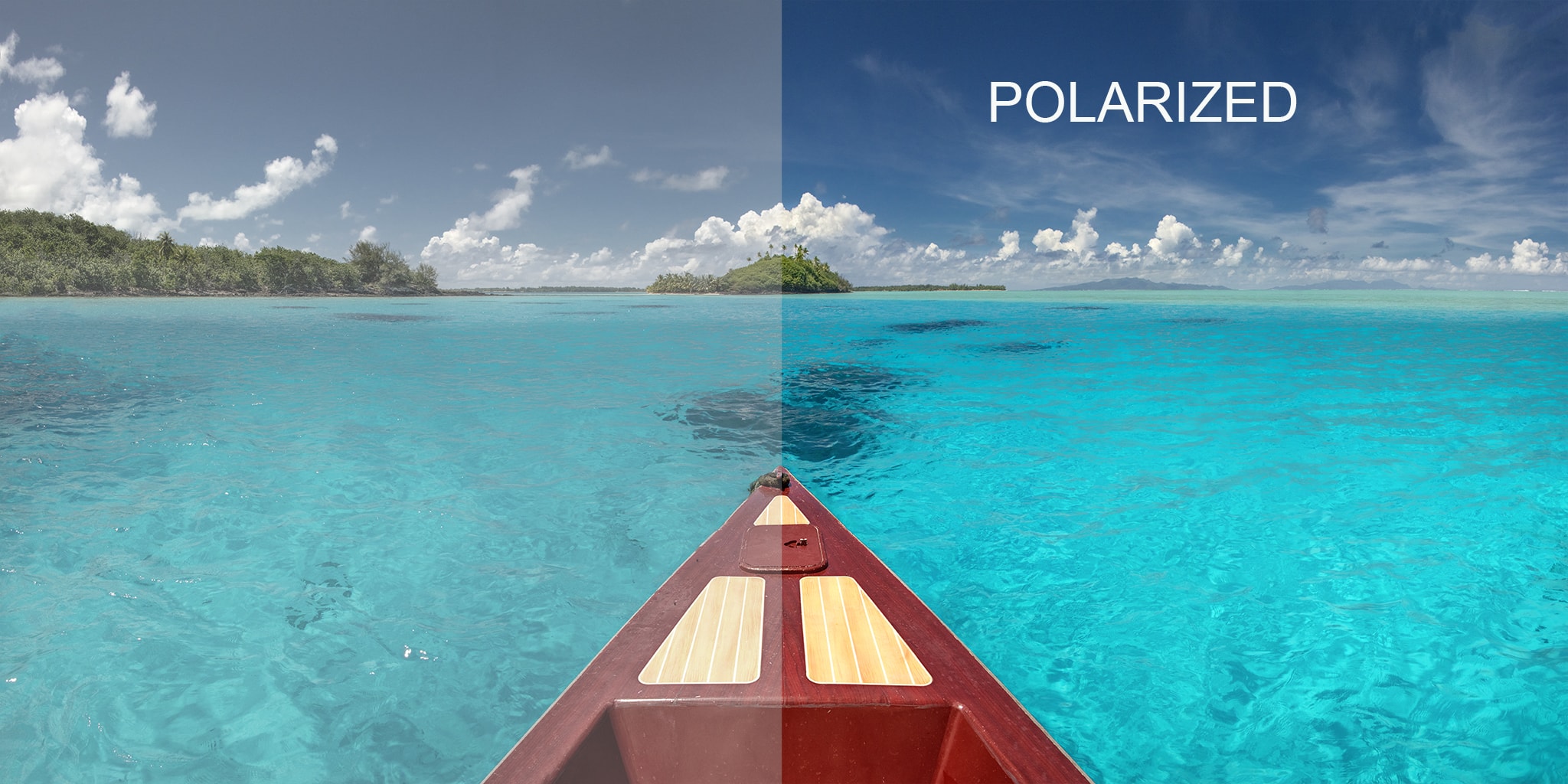
2)What is the difference between polarized and non-polarized lenses?
NON-POLARIZED LENSES
Non-polarized sunglasses are designed to reduce the intensity of any light. If our lenses offer UV protection, they most likely contain special dyes and pigments that absorb ultraviolet rays, preventing them from reaching our eyes.
However, this technology works the same way for all types of sunlight, no matter which directions the light vibrates. As a result, glare will still reach our eyes with more intensity than other light, impacting our vision.
POLARIZED LENSES
Polarized lenses are treated with a chemical that filters out light. However, the filter is applied vertically, so vertical light can pass through, but horizontal light cannot.
Think of it this way: imagine a picket fence with an inch between each slat. We could easily slide a popsicle stick between the slats if we hold it vertically. But if we turn the popsicle stick sideways so it’s horizontal, it can’t fit between the slats of the fence.
That is the general idea behind polarized lenses. Some vertical light can pass through the filter, but horizontal light, or glare, is unable to make it through.

3. What is the difference between HC, HMC and SHC?
| Hard coating | AR coating/Hard multi coating | Super hydrophobic coating |
| makes the uncoated lens hard and increases the abrasion resistance | increases the transmittance of the lens and reduces surface reflections | makes the lens waterproof, antistatic, anti slip and oil resistance |
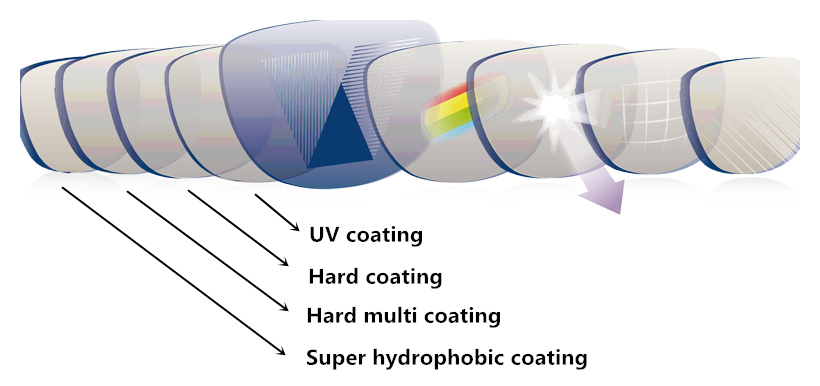
Certification



Our Factory



